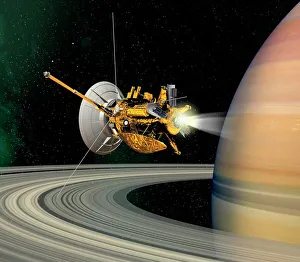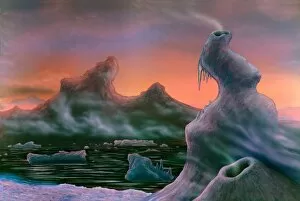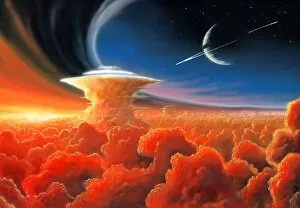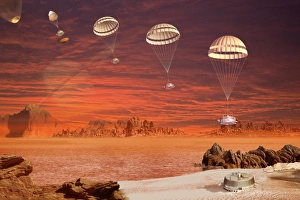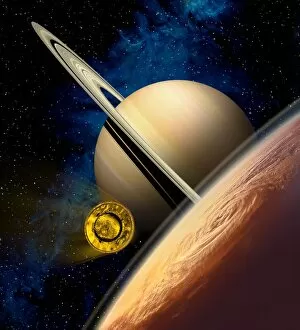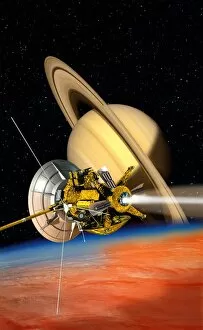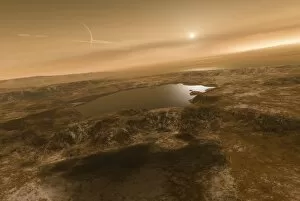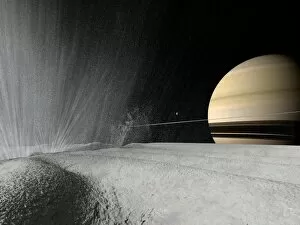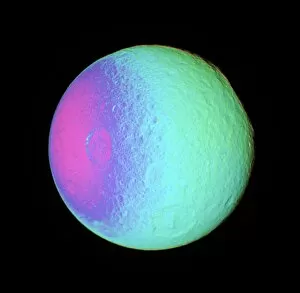Saturnian System Collection
Exploring the vast and enigmatic Saturnian system has been a captivating endeavor for scientists and space enthusiasts alike
All Professionally Made to Order for Quick Shipping
Exploring the vast and enigmatic Saturnian system has been a captivating endeavor for scientists and space enthusiasts alike. The Cassini-Huygens probe, with its cutting-edge technology, embarked on an extraordinary mission to unravel the mysteries of this celestial wonder. As it approached Saturn, the Cassini-Huygens probe captured breathtaking images that left us in awe. Its lenses revealed stunning artwork-like visuals of this gas giant's mesmerizing rings, stretching out like ethereal halos against the backdrop of infinite space. But it was not just Saturn's rings that fascinated us; Titan, one of its intriguing moons, held secrets waiting to be discovered. Liquid hydrocarbons adorned its surface, as depicted in vivid artwork. These liquid pools painted a picture of an alien world where organic chemistry danced amidst icy landscapes. The exploration continued as we marveled at ice towers reaching towards Titan's sky—a spectacle immortalized through artistic renderings. These towering structures hinted at geological processes unique to this moon—testaments to nature's creativity even in distant realms. Clouds drifted lazily across Titan's atmosphere—an unexpected sight considering their composition primarily consisted of methane rather than water vapor. Through evocative artwork, we glimpsed these otherworldly clouds casting shadows upon Titan's mysterious terrain. Returning our gaze back to Saturn itself, we were transported into a realm reminiscent of science fiction dreams—the 1950s Orion nuclear rocket envisioned by artists who dared imagine humanity venturing further into space. This fusion between art and science fueled our imagination about future possibilities beyond Earth’s boundaries. And then there was Huygens—the brave little probe that descended onto Titan’s surface with unwavering determination. Artistic interpretations showcased its journey from orbiting around Saturn to finally landing on this moon shrouded in intrigue and fascination. Each depiction captured the essence of Huygens' groundbreaking mission—a testament to human ingenuity pushing boundaries never before imagined possible.

